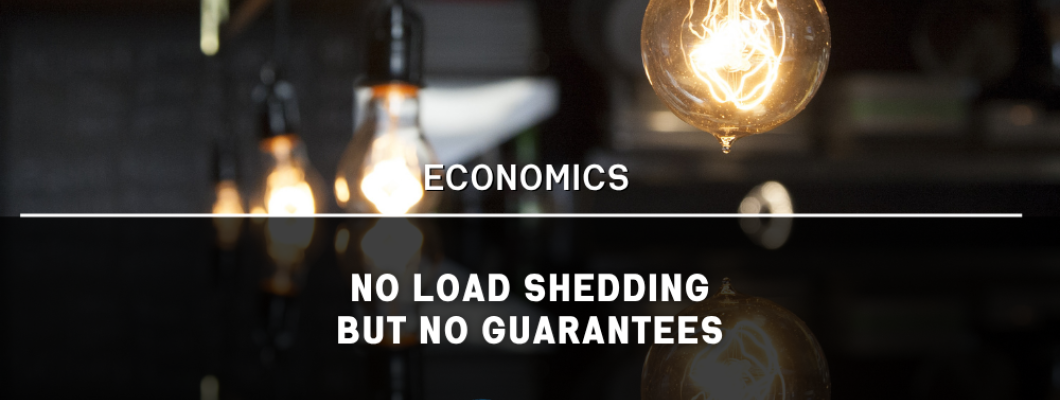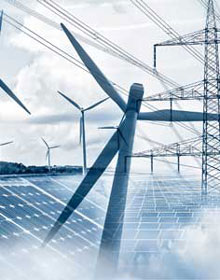
After months of stable electricity with no load shedding, many South Africans are breathing easier. But the fear of the lights going out again hasn’t disappeared — and it’s exactly this uncertainty that’s fueling the country’s biggest energy shift in decades. Welcome to the solar revolution.
Across rooftops, farmlands, and factories, solar panels are rising fast. Driven by years of energy instability, rising electricity tariffs, and a national push for greener alternatives, solar power is no longer seen as a backup plan — it’s becoming the main source of energy for thousands of South Africans.

While the lights have stayed on for several months — thanks to improved maintenance, reduced demand, and some government interventions — energy experts warn that Eskom’s long-term challenges haven’t disappeared.
“The grid might be holding for now, but we are not out of the woods,” says Dr. Lebo Mthembu, an energy analyst. “South Africans know better than to trust the calm. That’s why so many are turning to solar while the sun still shines.”
According to the South African Photovoltaic Industry Association (SAPVIA), solar installations grew by over 300% between 2022 and 2024, and that number keeps climbing. From small households in Bloemfontein to solar farms in the Northern Cape, the shift is widespread.
“People want certainty,” says Johan Botha, a solar technician based in Pretoria. “No one wants to wait until Stage 6 returns before acting. Solar gives them power, literally and financially.”
And it’s not just households — businesses, malls, farms, and even government buildings are tapping into the sun, cutting reliance on Eskom and diesel generators.
But while solar is booming, not everyone can afford to join in.
A basic home system — including panels, inverter, and battery storage — can cost between R60,000 and R150,000. For many middle- and upper-income families, it’s a smart long-term investment. But for millions of South Africans, it’s still out of reach.
“The danger is that solar becomes something only the privileged enjoy,” warns economist. “We’re heading toward an energy divide, where the wealthy power themselves, and the poor are left waiting for Eskom.”
Government incentives like the solar tax rebate help — but only for tax-paying households. That excludes a massive portion of the population.
In some areas, hope is taking root in the form of community-led solar projects. In Limpopo, a pilot microgrid is providing solar power to a rural village — powering homes, clinics, and a school without Eskom’s help.
“These projects prove solar doesn’t have to be a luxury,” says Nomusa Dlamini, founder of a solar startup in Soweto. “It can be a basic right — if we choose to make it one.”
As the world moves toward cleaner energy, South Africa is perfectly positioned to lead with solar. The country enjoys over 2,500 hours of sunshine each year — enough to power the nation several times over.
But access and affordability remain the challenge.
The solar revolution is here. The question now is: will it shine for all, or just a few?


Leave a Comment